I saw an interesting post by a nature and wildlife photographer the other day talking about non-photographers inquiring as to what they were photographing when they were out in the field.
They explained in their post that they always tried to be polite and tell them but didn’t want to get into a long explanation trying to explain what they were photographing.
When photographing wildlife or trying to capture an image against the fading light it’s sometimes easy to be a little short in your answers. It never fails that the hawk you’ve been waiting to take flight for the past two hours decides to do just that at the very moment when you turn away from your camera to explain to a passerby that you’re trying to catch that hawk in flight.
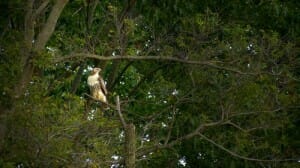
A red tailed hawk surveys the tall grass prairie for food
I guess it would be easy to let fly with a few choice words about the missed opportunity and leave the inquiring party with a bad taste in their mouth when it comes to their feelings about nature and wildlife photographers and filmmakers.
I guess I’ve always been different. I’ve missed plenty of great opportunities to capture something amazing with my cameras because someone came up and asked a question at the critical moment. But here’s why I don’t get upset about it.
First of all, look where I’m at! I’m in the one place I feel I truly belong and fit in. I could be stuck on a busy highway somewhere or sitting behind a desk pushing a pencil. But instead I’m right in the middle of the greatest show on earth!
Every day mother nature puts on a show worthy of a Broadway production. It’s up to us whether we decide to attend it or not. So just the fact that I’m in nature is my reward. Anything I capture on video is just the icing on the cake.
I also think it’s an opportunity to help people who can’t “see” the forest for the trees so to speak understand a bit about what I do.
I like to use two images to illustrate my point. This first image is what I saw as I was walking down the trail at Indian Creek Nature Center near my home. To most people it’s just a big tangled mess of a whole lot of nothing. But that’s because they haven’t figured out how to separate all the elements individually and see the compositions that’s hidden within all the clutter.
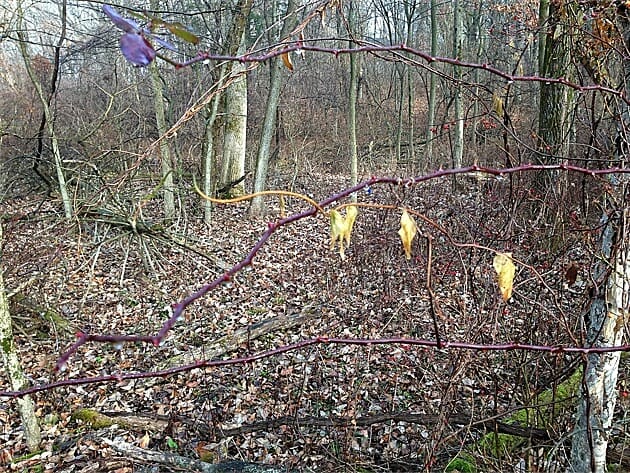
This is how a nature scene looks to most people.
The second image is what I saw in my mind as I was walking down that trail. Quite a difference isn’t it? For whatever reason I’m fortunate enough to be able to pull out a composition where many people don’t see one.
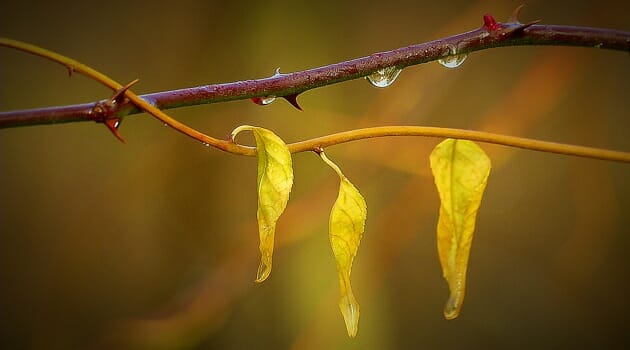
This is the same exact scene but how I saw it in my head.
An Emmy award-winning production company once said they wanted to know how I took the ordinary and made it extraordinary. Well, I guess that’s my secret. I can see things where others can’t.
So oftentimes I’ll invite the person asking about the subject I’m filming to come over and take a look at my LCD screen and see exactly how the camera can isolate the subject from a busy background and how with the magic of a good zoom lens, I can make that little flower fill the entire viewfinder. More often than not I get an “Oh wow!” and a thank you for letting them take a look.
It might be the first time they ever really “see” a tallgrass prairie wildflower or a dragonfly up close.
So not only do they walk away feeling good about nature and wildlife filmmakers and photographers, they walk away with a greater appreciation for nature and wildlife in general. Which brings me up to probably the most important reason I take the time to talk to people when I’m out in the field.
People tend to want to keep the things that they love.
Most people when they think of progress as plowing up a tallgrass prairie or bulldozing a woodland to put up a housing development or a strip mall as progress. To me, evolving as a species that understands that we are all connected on this big blue marble and cutting down trees and burning the rainforest isn’t progress at all is what progress means to me.
If taking a few moments to share my love of nature with someone to me is worth missing a shot every time.
You see as passionate as I am about nature, I can’t stop “progress” on my own. The more people who understand and love nature the more that will stand up and fight to save it when the bulldozers are poised to roll. And maybe, just maybe that one person you took the time to explain what you were filming and why might be the one voice that tips the vote in favor of saving the spot where you missed the shot that day.
So which is better? Being short and getting upset that someone is bothering you with a question and getting your shot or missing the shot, and maybe saving that spot from developers?
I don’t know about you, but I’d rather miss a shot to ensure I have plenty of opportunities in the future at that location.
And as always, keep shooting the ordinary but make it extraordinary!



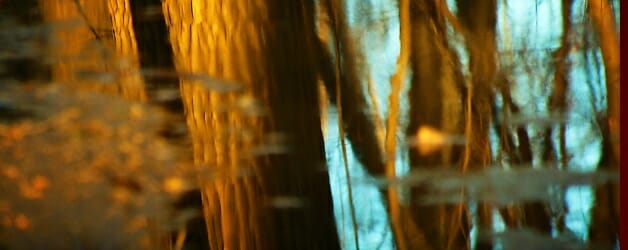
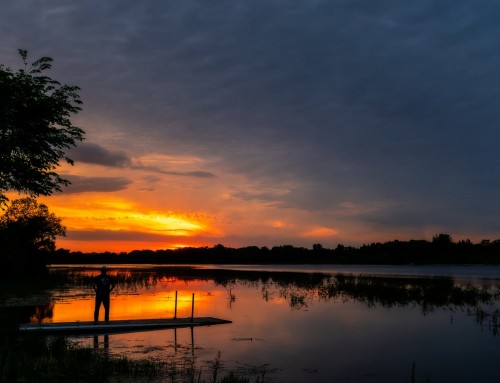
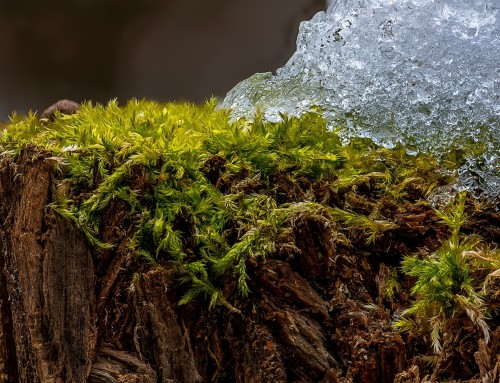

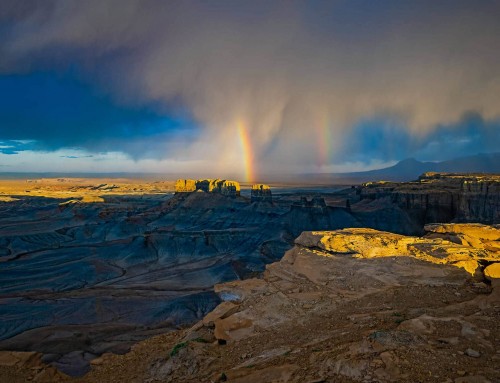
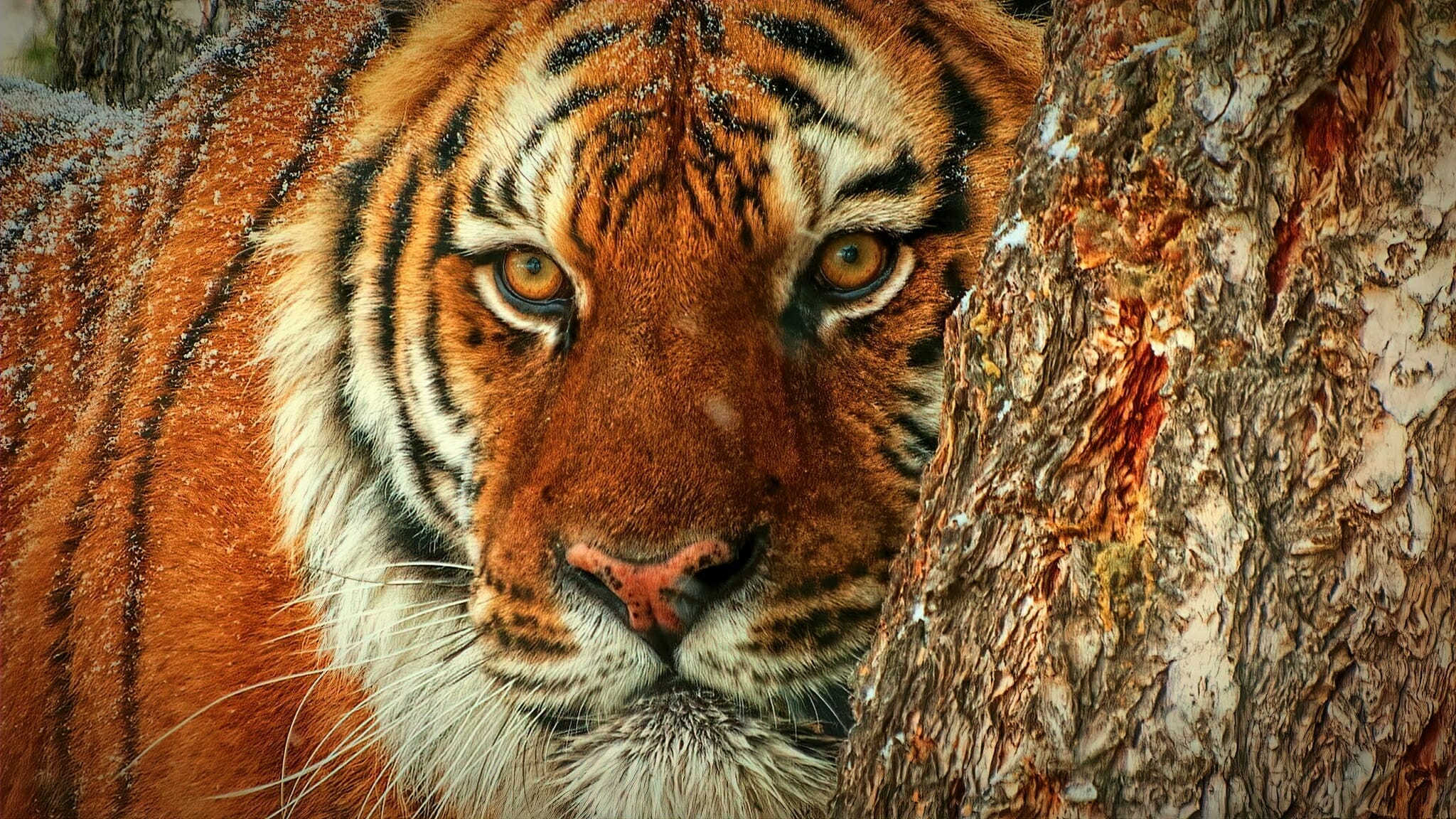
Hi Kevin
First time I visited your blog and much impressed by quality of its contents and diversity of topics.
The wildlife and nature filmmaking has not huge earning potential in most of the markets of the world. Despite this shortcoming you are upholding this cause. This is really great and I salute you for this.
Hi there,
Thanks for taking the time to comment on my site. I really appreciate it.
I’m really not so concerned Bout making money as I am educating people about the beauty of nature and wildlife.
My thought is that if people love something, they will try to save it.
I’m not sure if it’s working or not but what else can we do?
I’m working on several new projects so hopefully they will be showing up here in the near future.
Thanks again for taking the time to visit my site and leave a comment!!
Kevin
Kevin, your work is indeed far from ordinary.
I too am a filmmaker, but I work on commercial type projects. I have to travel with tons and tons of gear, grips, electricians, set designers, production assistants, and a whole crew of folks in the camera department.
We don’t have the time to wait for a red tailed hawk to feed her young, or pay a fish wrangler to release a salmon at just the right time towards a grizzly bear.
That’s why guys and gals like you Are so cool, because you mostly travel alone, know where to hide yourself and your camera, stay downwind to prevent your scent from scaring away your Talent, and come back to the office with amazing footage, because your patience paid off, you were ready for the shot, and you, perhaps while waiting for the red tailed hawk to return to the nest, knocked off 10 other greats shots.
My group ,on the other hand, needed to wait till our actor was out of makeup, made 4 more trips to the truck to get more gear, and then argue about how long it was taking for our Starbucks order to get to set. You rock Kevin.
Jon,
I had a little taste of your world with Sons & Daughters of Thunder.
There is so much that needs to happen in unison for a good take.
The actors have to be spot on, the lighting has to be right, the camera has to be set, the audio has to be clean. I don’t have any of that.
I typically get one chance and sometimes I manage to get it but a lot of times I don’t.
For me however, it’s still a win-win as even if I don’t get the shot, I saw it and that’s all that really matters to me. Looking at the video of the shots I did manage to get are never as amazing as what I saw when it actually happened.
I think your job is ten times harder. You have to get the shot. There is no well, it looked awesome on set but we weren’t able to get it on tape. You have to keep on going until you do.
If I don’t get the shot I just go home and have some lemonade. 🙂